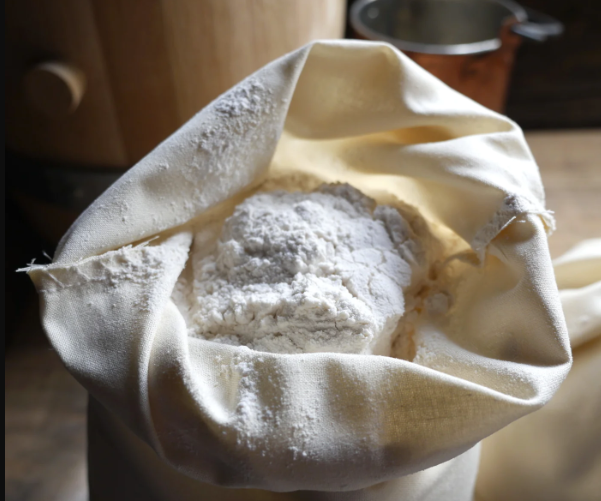
Introduction: Embracing Diversity in Baking Ingredients
Baking, often hailed as a harmonious blend of science and art, relies heavily on the precise interaction of ingredients. Flour, a staple in most baking recipes, provides the essential structure and texture to our beloved cakes. However, for those with dietary restrictions or seeking to experiment with new flavors and textures, the need for flour substitutes in cake mixes becomes crucial. This article delves into the world of flour substitutes, with a focus on the significance of vanilla in enhancing the overall taste and aroma of cakes. Additionally, we’ll explore two relevant sections: the quest for gluten-free alternatives and the fusion of nut-based flours for an added twist to traditional recipes.
Why Consider Flour Substitutes?
Gluten Intolerance or Celiac Disease
For individuals with gluten intolerance or celiac disease, traditional wheat flour can trigger adverse reactions. Using gluten-free alternatives allows them to enjoy cakes without compromising their health.
Dietary Preferences
Low-carb, keto, and paleo diets have gained popularity. Flour substitutes can help those following these diets enjoy baked treats while adhering to their nutritional goals.
Flavor and Texture Experimentation
Alternative flours, such as nut flours and coconut flour, can impart unique flavors and textures to cakes, offering a novel culinary experience.
Allergies
Some people have allergies to wheat or other common flours. Exploring substitutes can open up options for individuals with specific dietary needs.
Tips and Tricks for Successful Flour Substitution
Understand Flour Properties
Different flours have varying moisture-absorbing capacities. For instance, almond flour is oilier than wheat flour. Understanding these properties helps in adjusting other ingredients accordingly.
Combine Flours
Experiment with blending multiple flour substitutes to balance flavors and textures. A mix of almond flour and coconut flour, for instance, can create a delightful combination.
Binding Agents
Since gluten-free flours lack the elasticity of wheat flour, using binding agents like xanthan gum or psyllium husk can improve texture and structure.
Protein Boost
Since gluten-free flours lack the elasticity of wheat flour, using binding agents like xanthan gum or psyllium husk can improve texture and structure.
Moisture Management
Some alternative flours can make cakes dry. Incorporate extra moisture sources such as yogurt, applesauce, or mashed fruits to maintain moisture levels.
Leavening Agents
Adapt leavening agents like baking powder or soda based on the flour substitute used, as they interact differently with each type of flour.
List of Substitutions
1. Almond Flour:
Almond flour, made from finely ground almonds, is a nutrient-rich and gluten-free option. It imparts a slightly nutty flavor to cakes and adds moisture due to its higher fat content. Almond flour’s protein and healthy fats contribute to a tender, moist texture, making it an excellent choice for dense and moist cakes.
2. Coconut Flour:
Derived from dried and ground coconut meat, coconut flour is another gluten-free alternative. It is highly absorbent, so you’ll need less of it compared to traditional flour. Coconut flour adds a delicate coconut flavor and can create a soft, airy texture in cakes. However, due to its absorbency, it’s essential to balance it with extra liquids in your recipe.
3. Oat Flour:
Oat flour, made from ground oats, is a whole-grain option that provides a mild, nutty flavor to cakes. It offers a good amount of dietary fiber and nutrients. Oat flour can make cakes slightly denser, so it’s often best used in combination with other flours for optimal texture.
4. Rice Flour:
Rice flour, available in both white and brown varieties, is a versatile gluten-free flour. It has a neutral flavor and works well in cakes that require a lighter texture. However, rice flour can be slightly gritty, so it’s advisable to blend it with other flours like potato starch or tapioca flour for better results.
5. Chickpea Flour:
Chickpea flour, also known as gram flour, is made from ground chickpeas. It has a slightly nutty taste and can add a distinct flavor to your cakes. Due to its high protein content, chickpea flour can enhance the structure of cakes but might result in a denser texture. It’s often best used in combination with other flours.
6. Buckwheat Flour:
Despite its name, buckwheat flour is not related to wheat and is naturally gluten-free. It has a rich, earthy flavor and can be used to create hearty, nutty-flavored cakes. Buckwheat flour can be dense, so blending it with lighter flours like rice flour can help achieve a more balanced texture.
7. Quinoa Flour:
Quinoa flour, made from ground quinoa seeds, is a protein-packed and gluten-free option. It has a slightly nutty flavor and can add a delicate crunch to cakes. Quinoa flour’s strong taste makes it better suited for recipes where its flavor complements other ingredients.
8. Potato Starch:
Potato starch is a fine, white flour made from the starch of potatoes. While not a direct flour replacement, it can be used in combination with other flours to create a lighter texture in cakes. Potato starch works well when mixed with rice or almond flour.
Conclusion: Flourish in Baking Diversity
The world of baking is more inclusive and exciting than ever, with flour substitutes allowing us to cater to various dietary needs and creative desires. By understanding the role of flour in cakes, the reasons for exploring substitutes, and mastering the art of substitution through valuable tips and tricks, you’re equipped to venture into the realm of alternative flours. Remember, the journey is not only about replicating traditional recipes but also about crafting delightful, unique, and scrumptious cakes that bring joy to every palate.

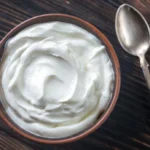

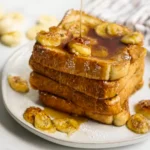
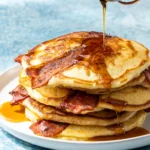
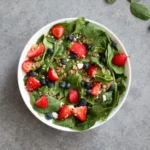
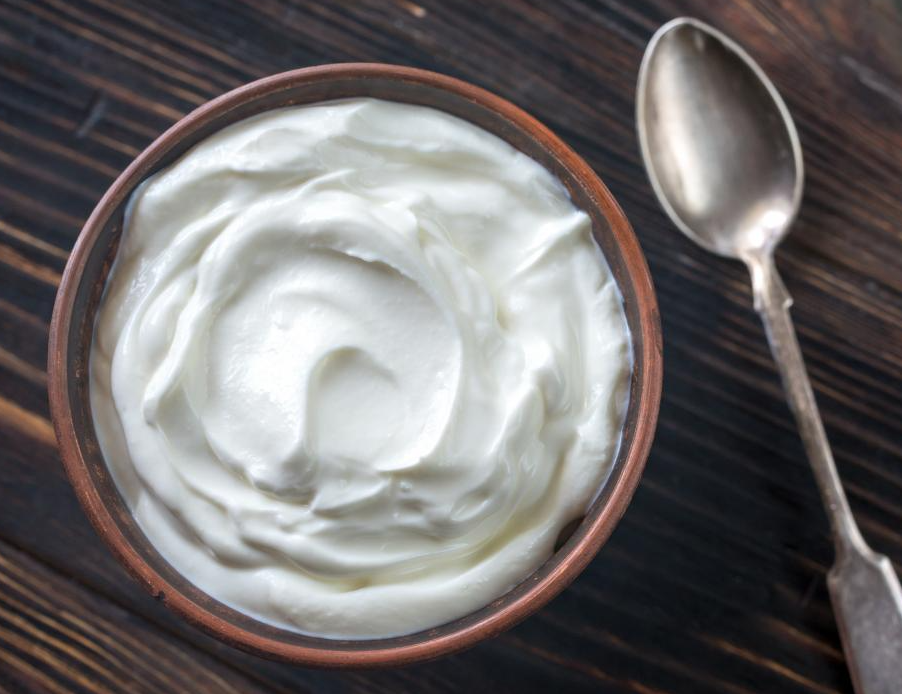


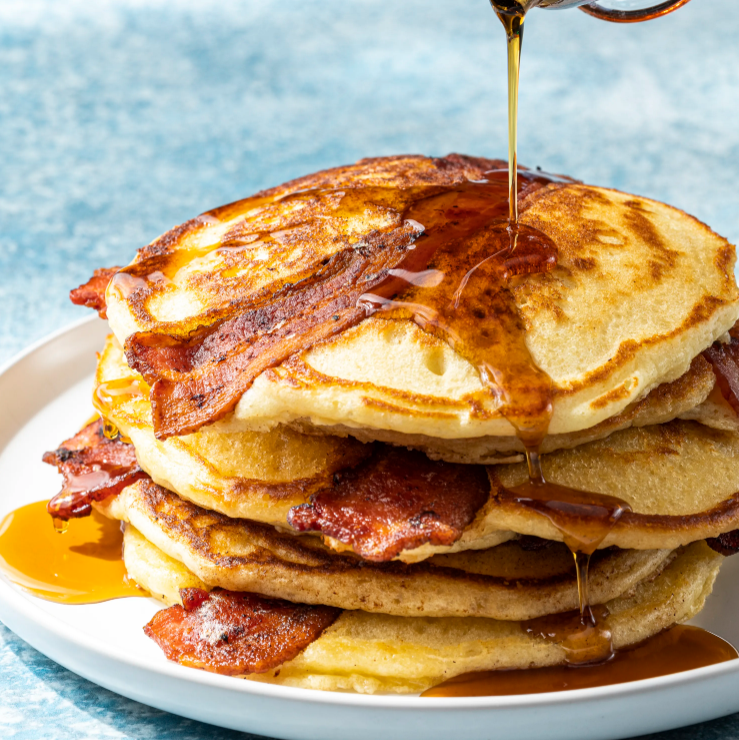
Leave a Reply